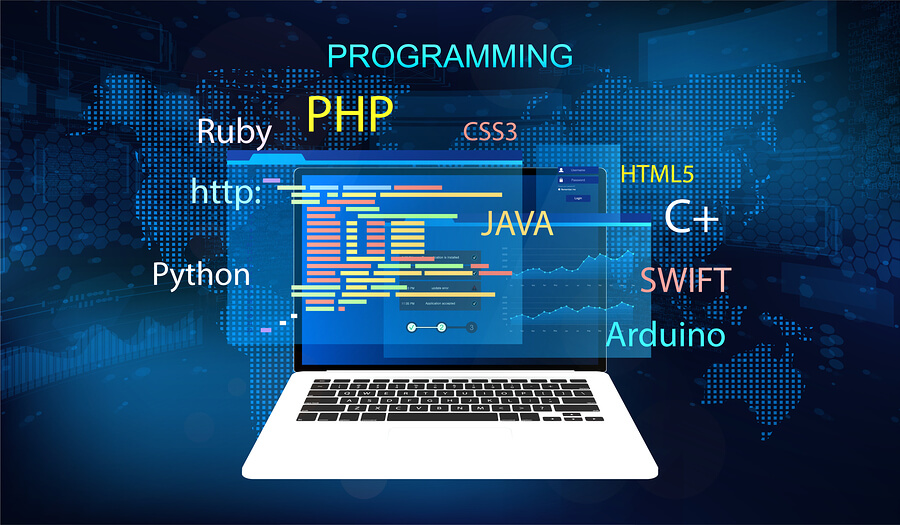The “Learn to code” meme has stirred a lot of controversy and debate online. The phrase was thrown back at reporters who lost their jobs after a series of cutbacks and became a form of harassment until Twitter started suspending people for saying it. The implication is that the average person can’t learn to code without paying a fortune to return to school, or that it’s just too complicated. In reality, it is possible to teach yourself how to code even with limited knowledge and resources. Here are the best ways to teach yourself to code.
Before You Start, Determine Your End Goal
Before you start learning to code, ask yourself the real reasons you want to learn a programming language. Do you want to change careers? Do you want to create an app? Do you want to improve your website development skill set so you can take your career to the next level? Perhaps you’re a student who wants to earn a degree in STEM, maybe even get a mechanical engineering degree. Learning to code allows you to bridge the gap between hardware and software. Now you’re primed to work in robotics and hardware integration.
Once you know what you intend to do, you can determine which programming language or programming languages you need to master. This can also give you an idea of how much time is required. Furthermore, you look at resources like Coding Bootcamps that provide all sorts of online learning options to meet your needs in addition to more information about roles and salaries.
If you want to improve your website design, basic HTML, CSS, and JavaScript may be enough. If you want to create operating systems or video card drivers, you’ll need to understand C++ and data structure. For professionals with some experience in tech, a coding bootcamp may be enough. If you just want to get more out of your Raspberry Pi, there are free online courses and interactive tutorials to teach you what you want to know.

Look for Resources
There are many online videos and free classes that teach programming. This is especially true for HTML, CSS, and JavaScript. You can find online tutorials to teach you the basics in many languages. These options are fine for students who want to get a basic grounding in the material or hobbyists.
For a guided dive into the material, you could sign up for a coding bootcamp. This is a good choice for professionals who need to improve their skills or learn a new language. There are subscription model certification courses, as well. These courses cost money, but they give you access to tutors to guide you through the coding process. You will also get certifications from the service that you can list on your resume. This is ideal for those transitioning careers.
Students can also sign up for these classes to supplement their learning and gain credentials they can list on their resume. On the other hand, if you already know several programming languages and are familiar with computer science, you may be able to pick up a book and learn what you need.
Get Practice
Learning to code is like learning a language. To get good, you need practice. One solution is to practice writing code in interactive tutorials or creating sample code reviewed by tutors. Another option is to practice coding games. This is a great way to teach kids to code, but it may get adults motivated to practice coding, as well. Or you could use STEM toys intended to teach coding to practice yourself. Then teach your favorite devices a few new tricks, whether it is an information appliance or Raspberry Pi.
Conclusion
Learn to code should be an invitation, not an insult. There is a dazzling array of free and cheap resources to help you learn to code in almost any language, so take advantage of them.


